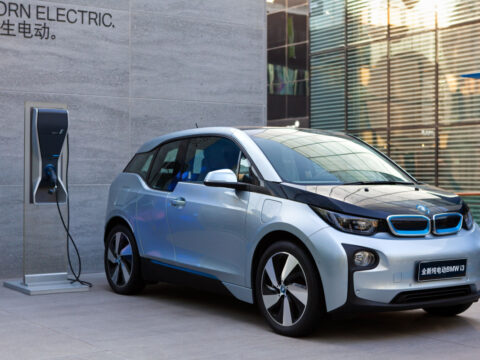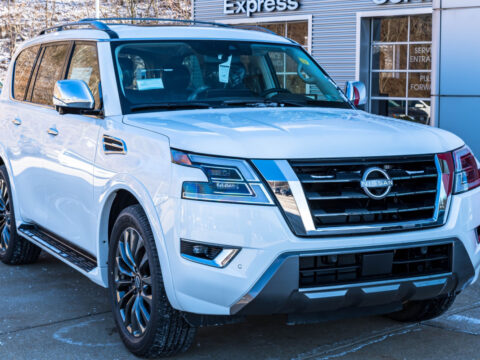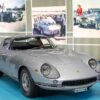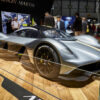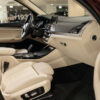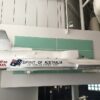Luxury sedans from the ’70s and ’80s represent an era of bold design, plush interiors, and advanced engineering. Many of these cars set the standard for comfort and performance in their time. Today, enthusiasts and collectors still admire their timeless appeal, and some of these models could easily find a place in the modern market with updated technology. A revival of these luxury sedans would offer a blend of nostalgia and contemporary innovation, making them a perfect fit for today’s drivers who appreciate both style and sophistication.
Contents
Mercedes-Benz 450SEL 6.9 (1975-1980)
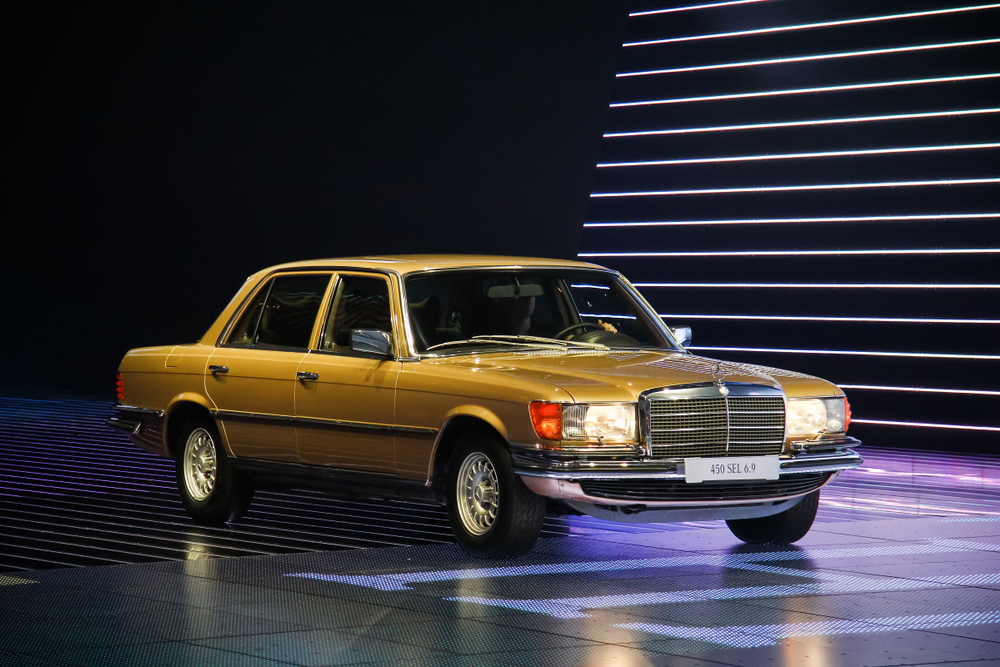
The Mercedes-Benz 450SEL 6.9 was the flagship of the brand’s S-Class lineup in the late ’70s, powered by a massive 6.9-liter V8 engine producing 286 horsepower. It was one of the fastest and most luxurious sedans of its time, featuring hydropneumatic suspension and a spacious, high-quality leather interior. The 450SEL 6.9 needs to make a comeback because it combined raw power with uncompromising luxury, a combination still sought after today. A modern version could bring the same elegance with cutting-edge technology, hybrid powertrains, and unparalleled comfort.
Cadillac Seville (1975-1985)
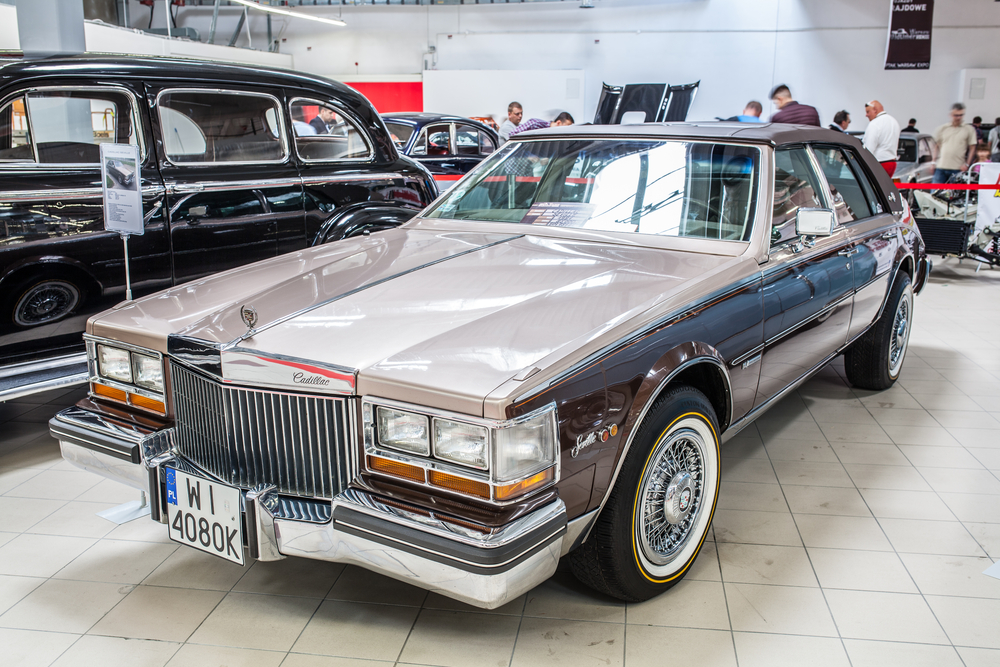
The Cadillac Seville was introduced as a smaller, more European-styled luxury sedan to compete with imports. It featured a 5.7-liter V8 engine and a plush interior filled with wood and leather. Despite its size, the Seville was a symbol of American luxury in the late ’70s and early ’80s. A comeback could bring back the Seville’s blend of opulence and practicality, with a modernized, eco-friendly powertrain and updated design that still reflects Cadillac’s luxurious heritage.
BMW E23 7 Series (1977-1986)
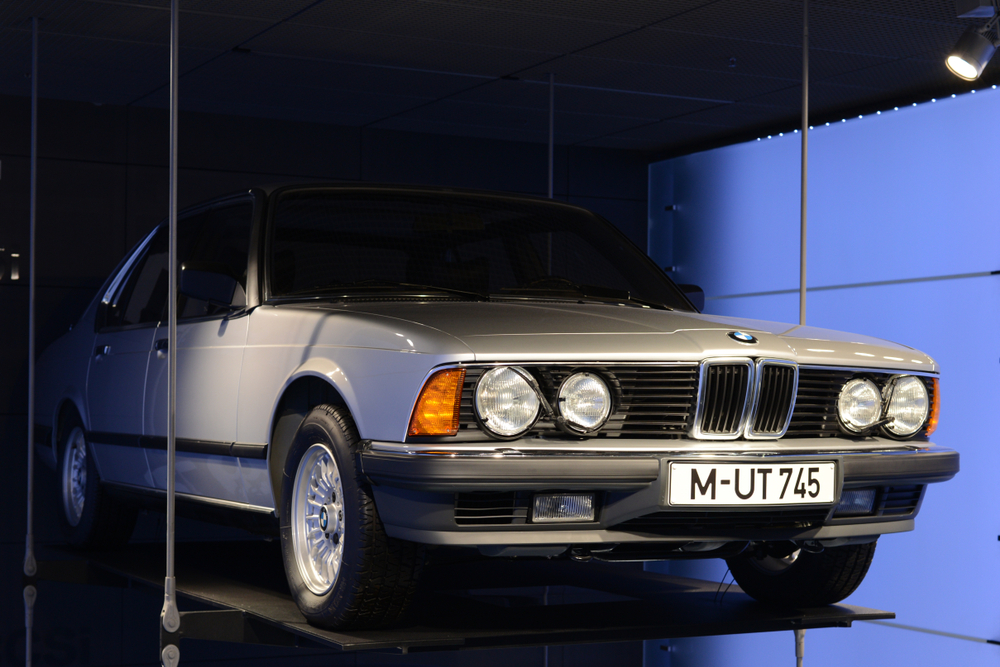
The BMW E23 7 Series was the first generation of BMW’s flagship luxury sedan, featuring a range of inline-6 engines, including the powerful 3.4-liter 745i turbocharged variant. Known for its handling, build quality, and luxury, it set the standard for BMW’s future sedans. A modern-day version could reintroduce the same premium experience, paired with modern technology, hybrid powertrains, and enhanced comfort, bringing back the executive appeal of the original.
Jaguar XJ12 Series III (1979-1992)
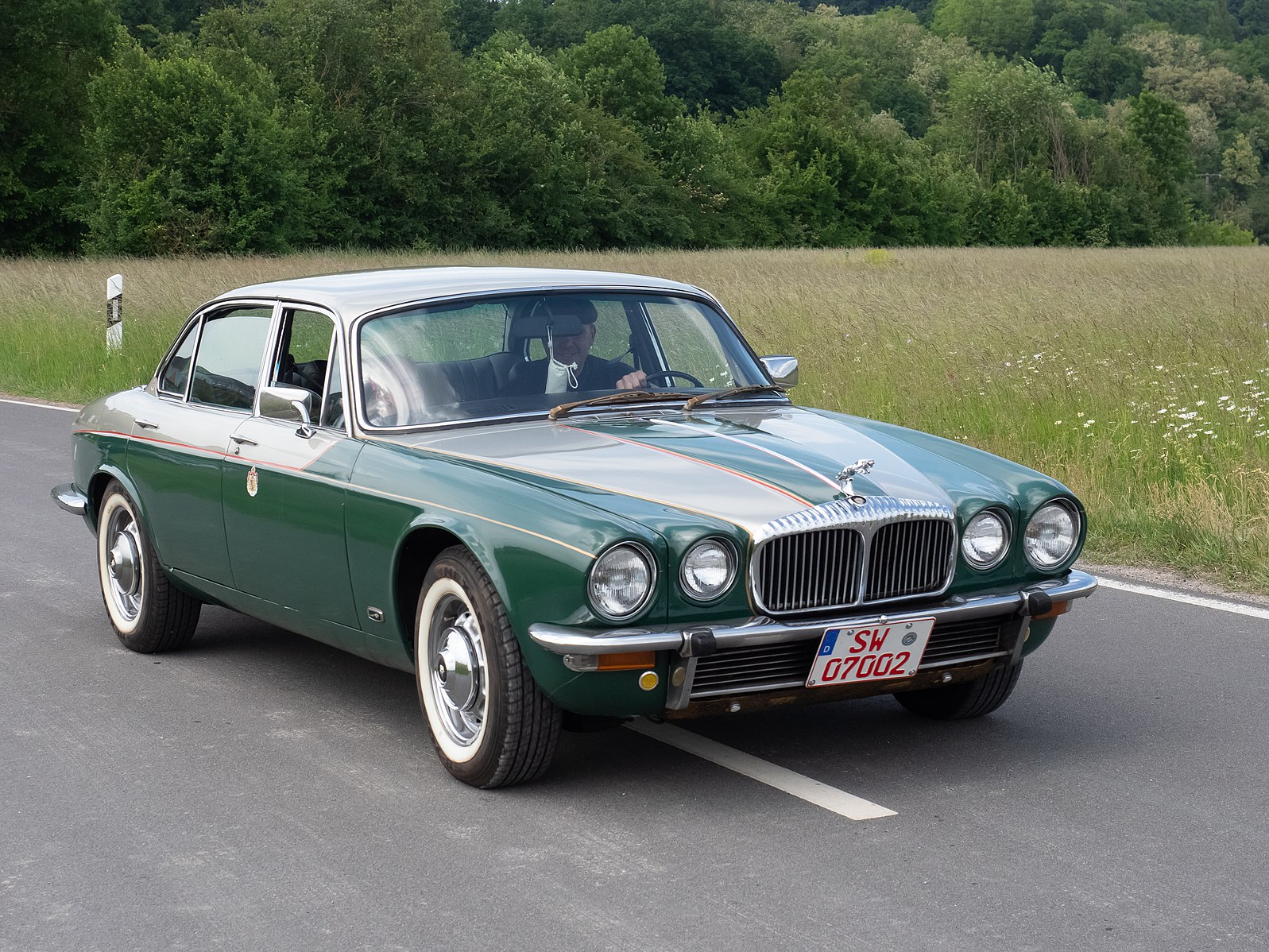
The Jaguar XJ12 Series III, powered by a 5.3-liter V12 engine producing 265 horsepower, was one of the most elegant sedans of its time. It combined British luxury with powerful performance, featuring Connolly leather interiors and wood veneer detailing. A comeback of the XJ12 would reintroduce a refined driving experience with modern safety features and hybrid or electric powertrains, giving the classic design a 21st-century boost.
Lincoln Continental Mark V (1977-1979)

The Lincoln Continental Mark V was an enormous luxury coupe that boasted an elegant design and a 7.5-liter V8 engine. Though its size made it less practical by modern standards, its luxurious interior and smooth ride made it a favorite. A modern Lincoln Continental Mark V, downsized for today’s roads but retaining the plush luxury and grand presence, would appeal to those looking for American luxury in an era where sedans are making a quiet resurgence.
Rolls-Royce Silver Shadow II (1977-1980)

The Rolls-Royce Silver Shadow II was the epitome of British luxury, powered by a 6.75-liter V8 engine and featuring hand-crafted wood and leather interiors. It was known for its exceptional comfort and style. With Rolls-Royce continuing to innovate in the luxury space, bringing back the Silver Shadow II as a high-tech luxury sedan with autonomous capabilities and hybrid power could attract buyers looking for classic Rolls-Royce elegance in a modern package.
Buick Electra 225 (1959-1990)
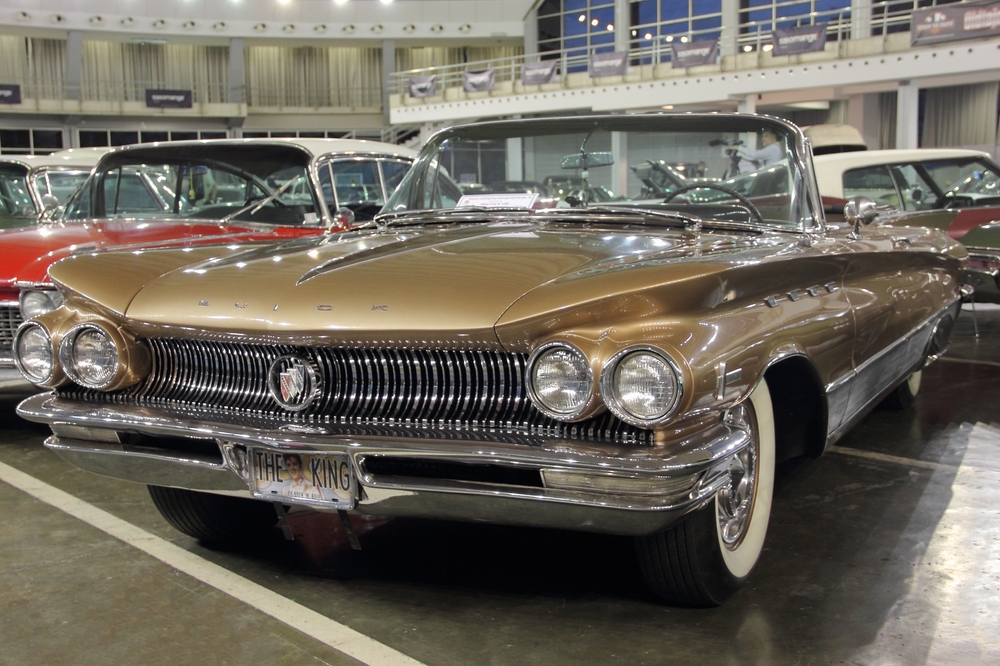
The Buick Electra 225 was a full-size American luxury sedan that epitomized comfort and style. The ’70s and ’80s models were powered by V8 engines, offering a smooth, quiet ride with features like power seats and windows, air conditioning, and high-quality materials. A modern Electra 225 could focus on luxury and comfort, with sustainable technologies like electric powertrains and advanced driver-assistance systems while maintaining the iconic Buick design language.
Audi 200 Quattro (1984-1991)
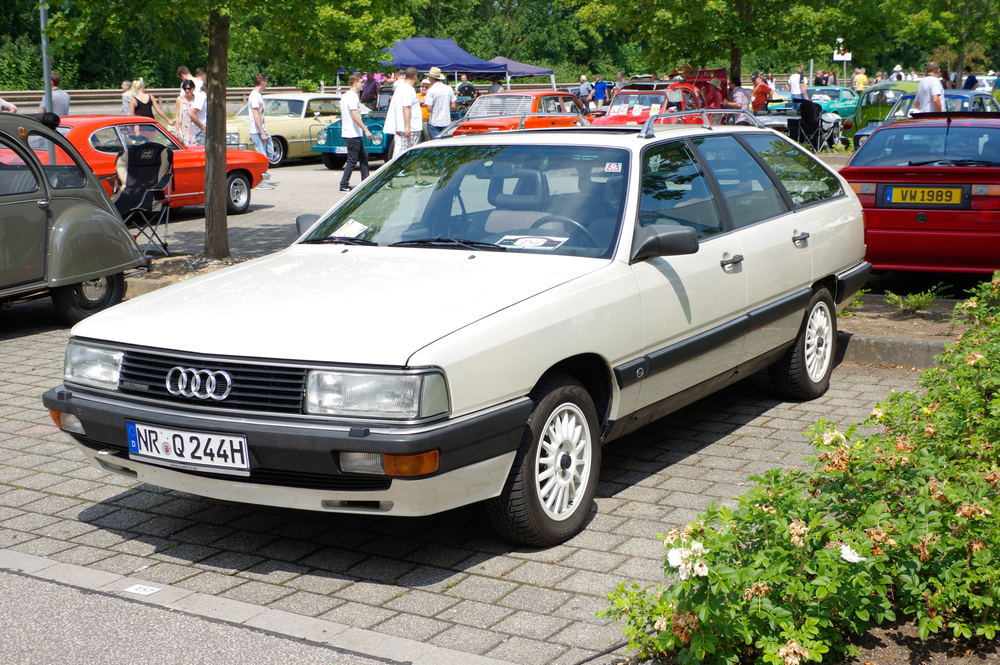
The Audi 200 Quattro was Audi’s high-performance luxury sedan, powered by a 2.2-liter turbocharged inline-5 engine, producing 197 horsepower. It was one of the first sedans to feature the brand’s legendary Quattro all-wheel-drive system. A modern comeback could blend Audi’s current technology, like electrification and autonomous driving, with the iconic performance and all-wheel-drive capabilities that made the 200 Quattro stand out in its time.
Maserati Quattroporte III (1979-1990)
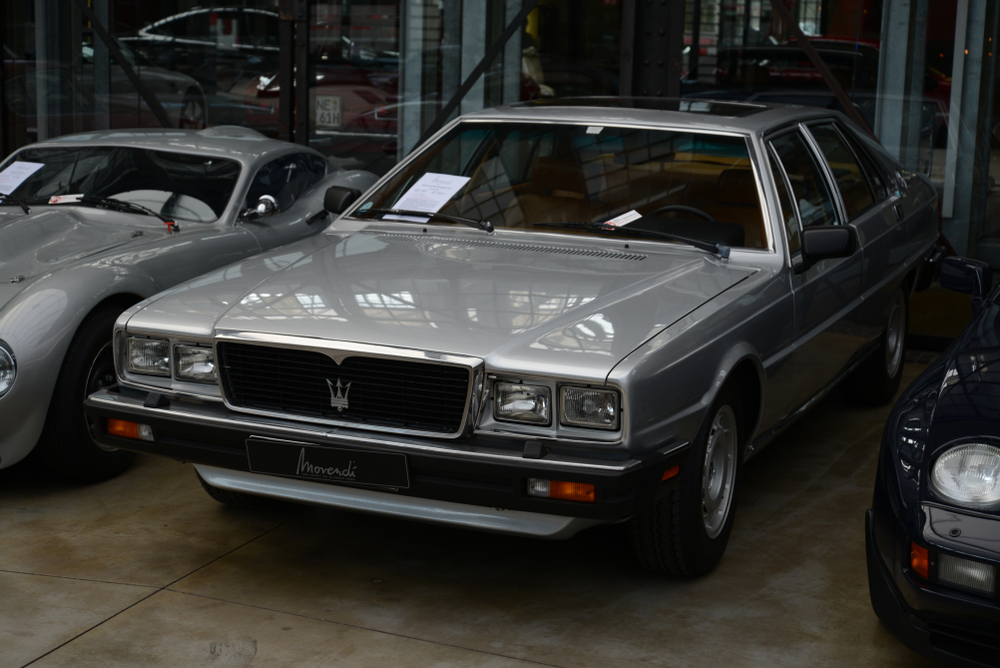
The Maserati Quattroporte III, powered by a 4.9-liter V8 engine, offered Italian luxury and performance in a stylish sedan package. With luxurious interiors featuring leather and wood, it was designed for those who wanted both performance and refinement. A modern Quattroporte III could bring back that Italian flair, powered by hybrid or electric motors, blending timeless style with sustainable luxury.
Chrysler New Yorker (1979-1982)

The Chrysler New Yorker was an iconic American luxury sedan with plush interiors, high-end materials, and a smooth ride, powered by either a 5.2-liter or 5.9-liter V8 engine. Known for its distinctive boxy design, the New Yorker was a symbol of status and comfort. A comeback could focus on blending classic American luxury with modern amenities, making it a nostalgic yet futuristic ride for buyers who value a comfortable, spacious sedan.
Mercedes-Benz W116 S-Class (1972-1980)

The W116 S-Class was the first Mercedes-Benz to wear the S-Class badge, setting the standard for luxury sedans. Powered by engines ranging from a 2.8-liter inline-6 to a 6.9-liter V8, it was an innovative car for its time, introducing features like ABS and airbags. A modern version could reimagine the W116 with cutting-edge safety tech and electric or hybrid powertrains, bringing back the stately yet pioneering spirit of the original.
Lexus LS400 (1989-2000)
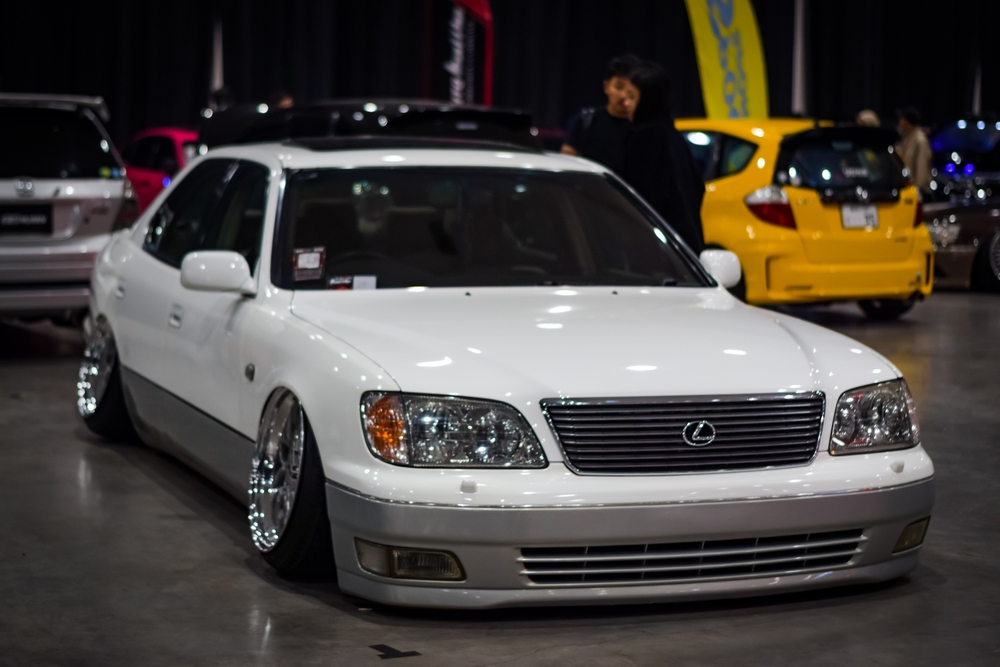
The Lexus LS400 debuted in 1989 as Toyota’s answer to the luxury market, featuring a 4.0-liter V8 engine producing 250 horsepower. It was lauded for its smooth ride, build quality, and attention to detail, which challenged established luxury brands. A modern LS400 comeback could cater to those seeking refinement, reliability, and luxury in an era where electric luxury sedans are gaining popularity, with Lexus leveraging its hybrid technology.
Peugeot 604 (1975-1985)
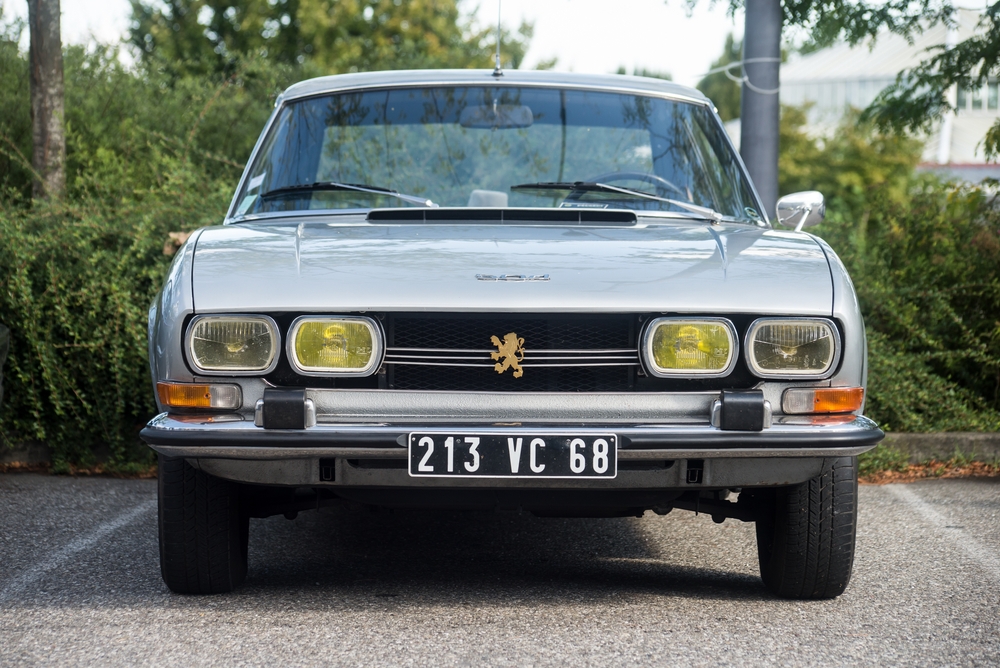
The Peugeot 604 was a French luxury sedan powered by a 2.7-liter V6 engine, known for its comfortable ride and elegant design. Despite its innovation in comfort, the Peugeot 604 never gained widespread popularity outside Europe. A comeback, equipped with electric power and a focus on luxury interior features, could give Peugeot the opportunity to re-enter the luxury market with a car that embodies French elegance and sustainability.
Lincoln Town Car (1981-2011)
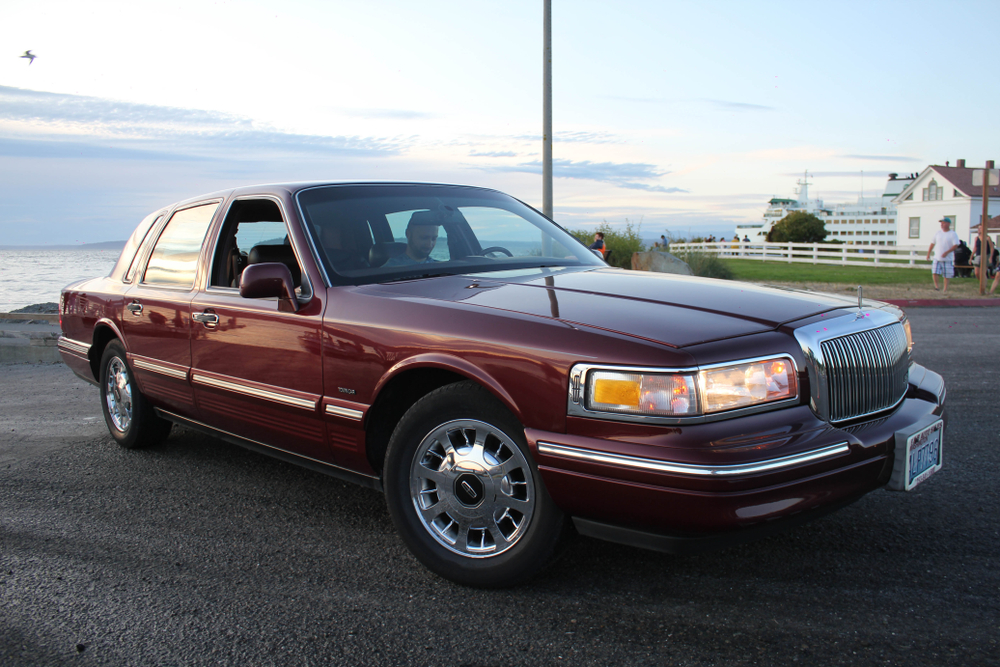
The Lincoln Town Car was a quintessential American luxury sedan, known for its spacious interior, plush ride, and durable V8 engine. It was a popular choice for limousines and executive cars. With sedans making a slight resurgence in the luxury market, a new Town Car, perhaps as a plug-in hybrid or electric vehicle, could satisfy the desire for a roomy, comfortable sedan that offers both nostalgia and modern amenities.
Volvo 264 GLE (1974-1982)
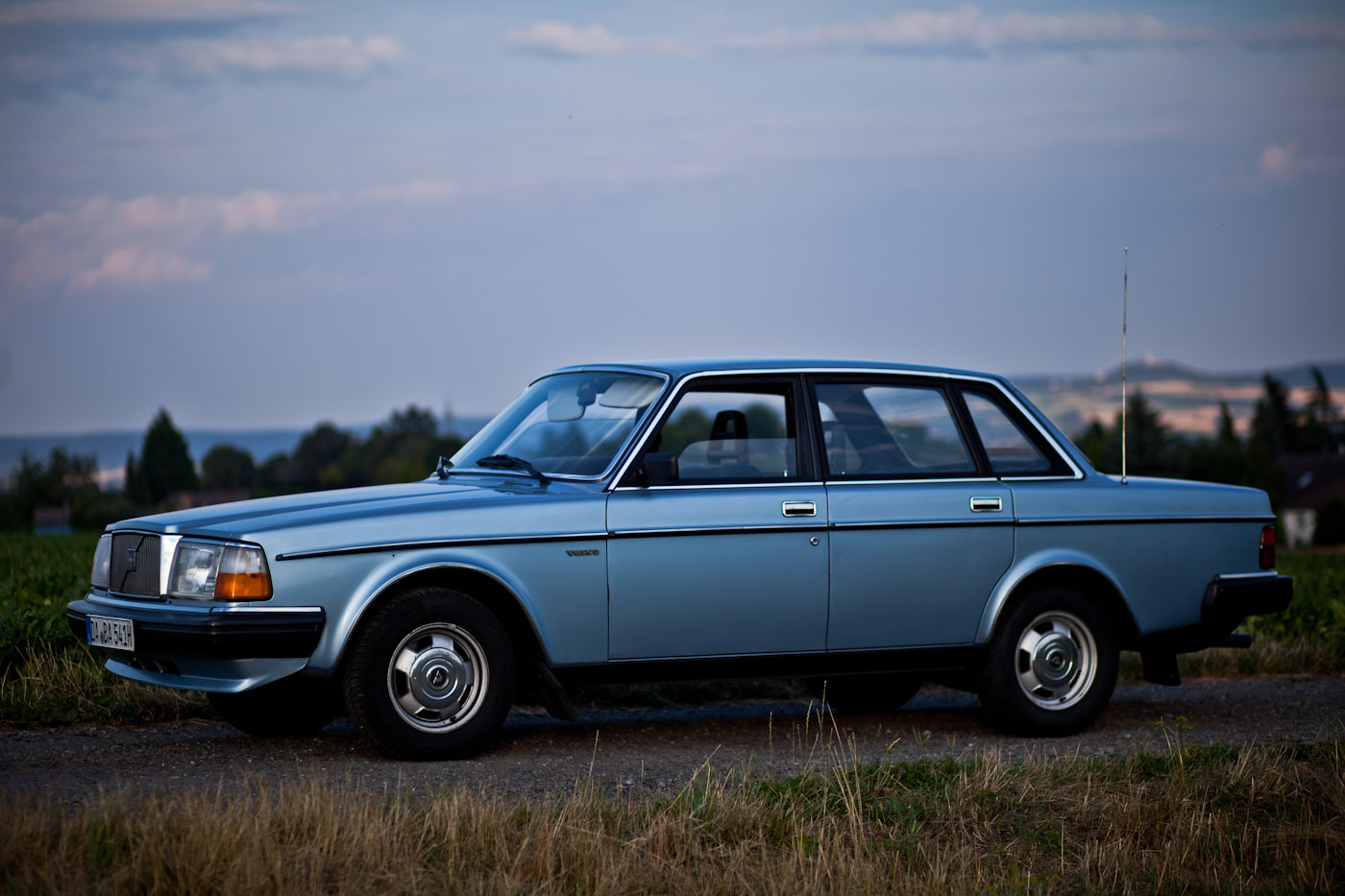
The Volvo 264 GLE was Volvo’s flagship luxury sedan in the ’70s, powered by a 2.7-liter V6 engine and known for its durability and safety. It featured leather seats, wood trim, and advanced safety features for its time. A comeback could blend Volvo’s current focus on sustainability and safety with the classic, boxy design that made the 264 GLE iconic, offering a modern luxury sedan with timeless Swedish design.
Alfa Romeo Alfetta (1972-1984)
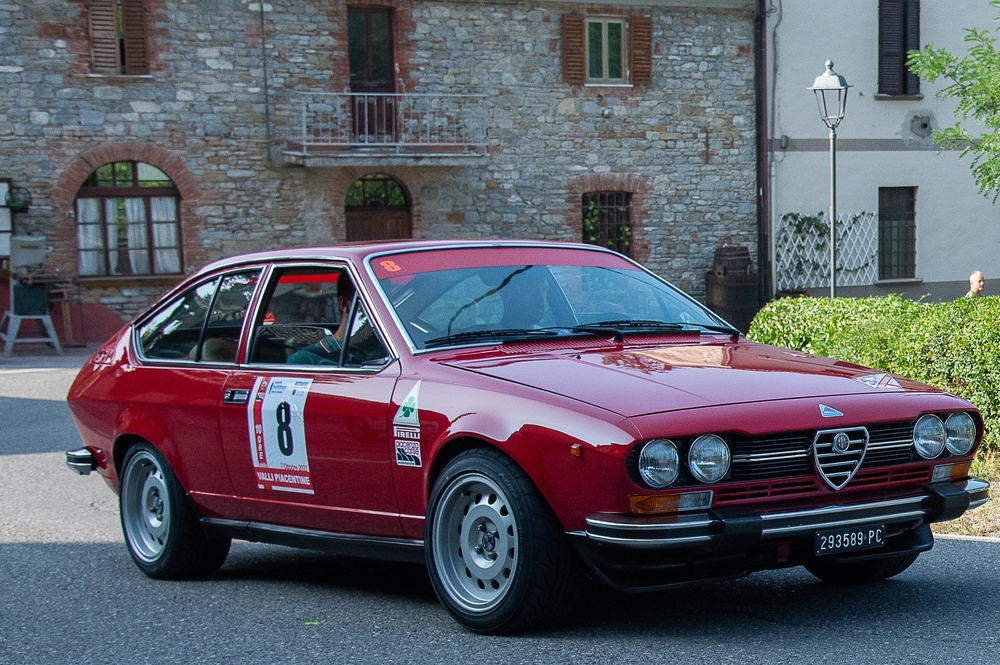
The Alfa Romeo Alfetta was a stylish Italian sedan powered by a 2.0-liter inline-4 engine, known for its performance and handling. While not as luxurious as some of its competitors, it offered a unique blend of driving dynamics and style. A modern Alfetta could be reintroduced as a luxury sport sedan with electrified performance, appealing to enthusiasts who value both Italian design and cutting-edge technology.
Rolls-Royce Silver Spirit (1980-1998)
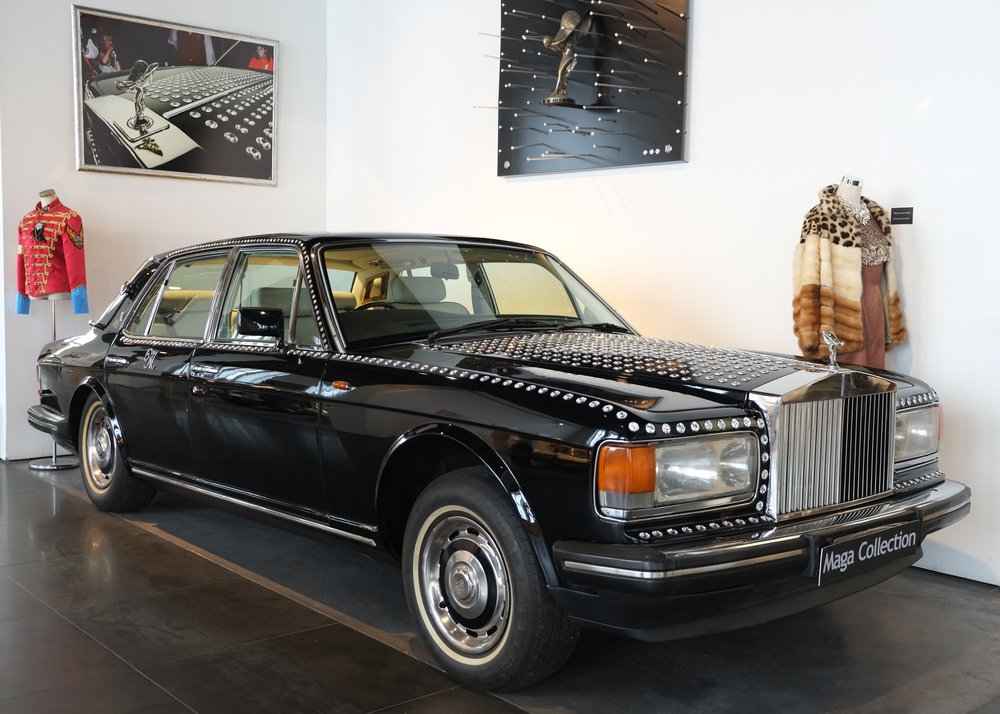
The Rolls-Royce Silver Spirit, powered by a 6.75-liter V8 engine, was the brand’s luxury sedan in the 1980s. It featured opulent interiors, with hand-crafted leather and wood, and was known for its smooth, quiet ride. Bringing back the Silver Spirit as a fully electric luxury sedan would continue Rolls-Royce’s tradition of craftsmanship while embracing the future of sustainable luxury motoring.
Lincoln Versailles (1977-1980)
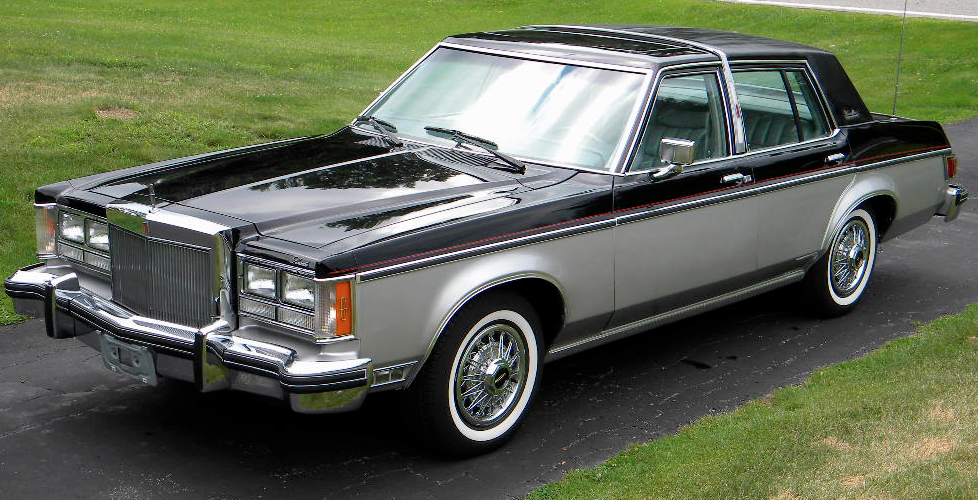
The Lincoln Versailles was a compact luxury sedan aimed at competing with European imports. Powered by a 5.0-liter V8 engine, it featured a high level of luxury, including leather upholstery, wood trim, and advanced soundproofing. Although it wasn’t a commercial success, a modern-day Versailles could appeal to buyers looking for a small luxury sedan with modern technology and eco-friendly powertrains.
Saab 900 Turbo Sedan (1978-1993)
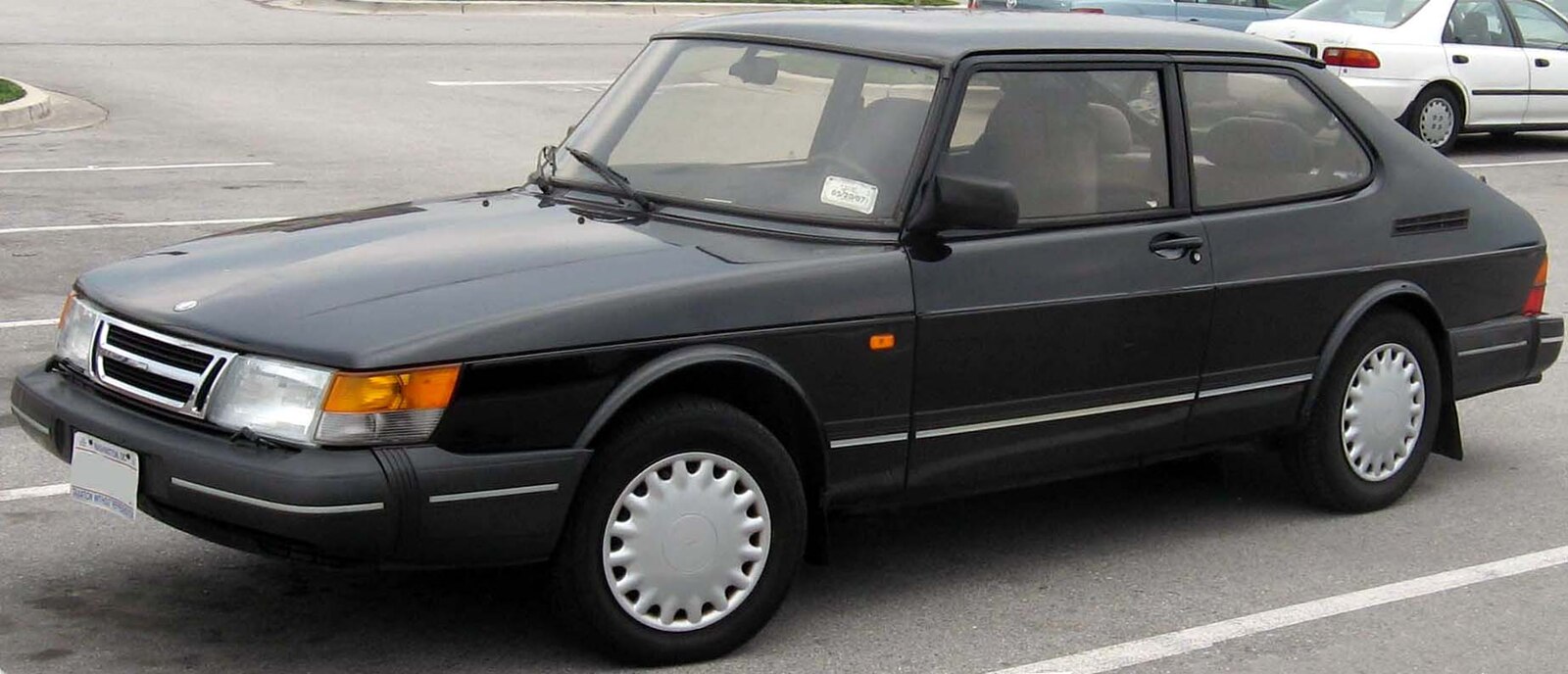
The Saab 900 Turbo Sedan was a quirky yet stylish luxury sedan, powered by a turbocharged 2.0-liter inline-4 engine producing 160 horsepower. Known for its safety and unique design, the 900 Turbo offered an alternative to traditional luxury sedans. A modern Saab 900 Turbo could appeal to buyers who appreciate Saab’s legacy of innovation and performance, updated with hybrid or electric technology for today’s eco-conscious market.
Maserati Biturbo (1981-1994)
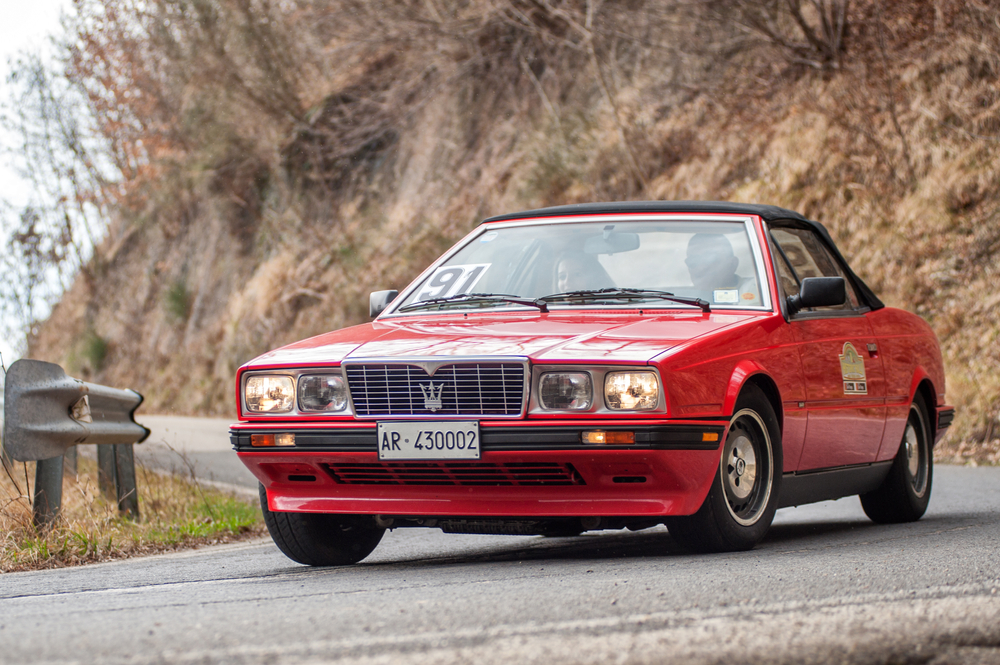
The Maserati Biturbo was one of the most affordable Maseratis of its time, featuring a 2.5-liter twin-turbo V6 engine that produced 188 horsepower. Although the Biturbo suffered from reliability issues, its combination of Italian luxury, performance, and style made it a standout in the luxury market. A comeback of the Biturbo could take advantage of modern engineering to address past concerns, delivering a stylish, high-performance luxury sedan with electrification, keeping Maserati’s tradition of craftsmanship and sportiness alive.
This article originally appeared in MyCarMakesNoise.
More from MyCarMakesNoise
20 Most Memorable Lamborghini Supercars Ever Made

Lamborghini has a legacy of crafting some of the most iconic supercars the world has ever seen. From sleek designs to groundbreaking performance, each model has left a lasting impression on automotive enthusiasts. Read More
25 Underrated Sports Cars from the Past You Need to Know About
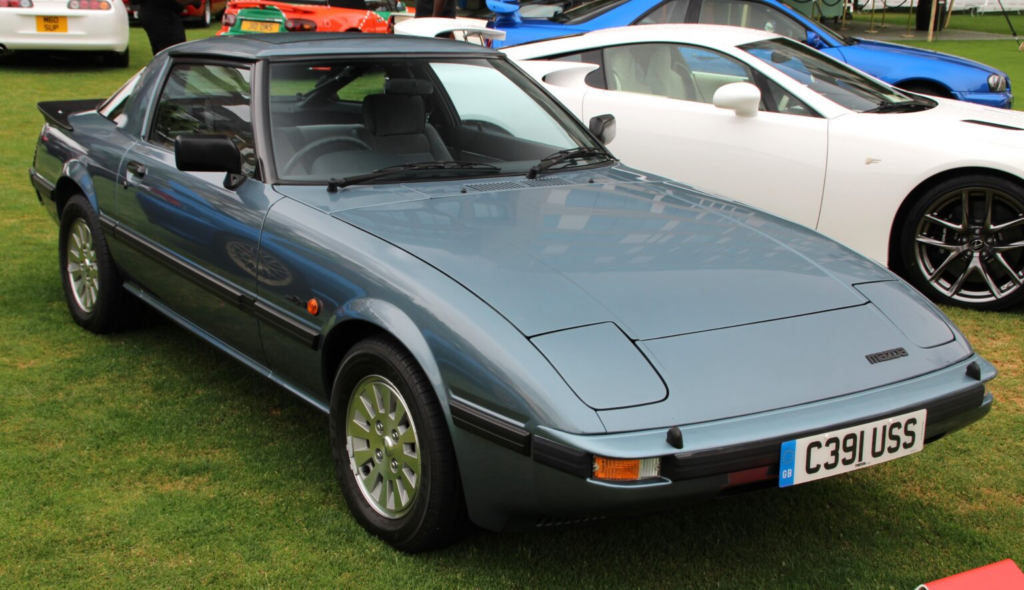
When it comes to classic sports cars, some models get all the glory, while others quietly fade into the background. In this article, we’re shining a spotlight on 25 underrated sports cars from the past that deserve more recognition. Read More
20 Groundbreaking Concepts Shaping Modern Car Design

In the ever-evolving world of automotive design, innovation is key to staying ahead. Modern cars are being shaped by groundbreaking concepts that enhance performance, safety, and aesthetics. Read More


